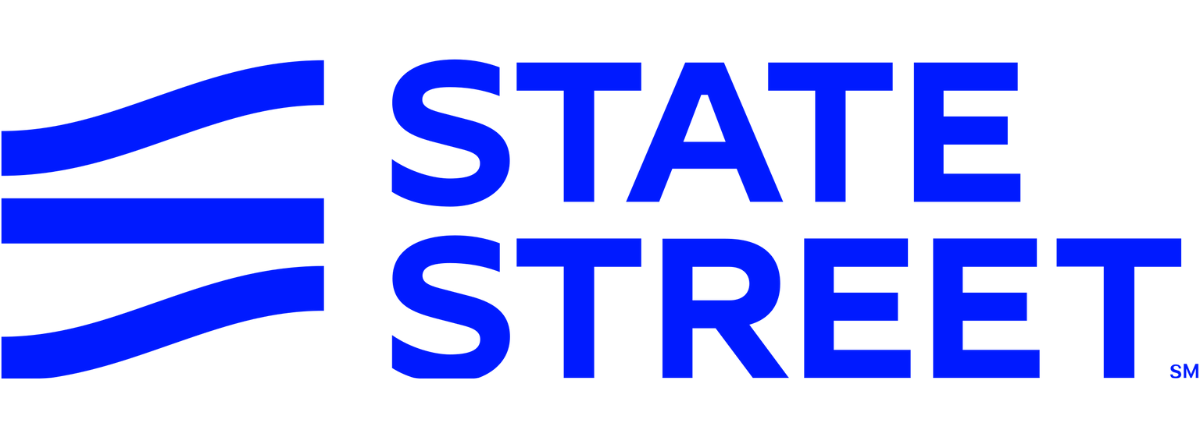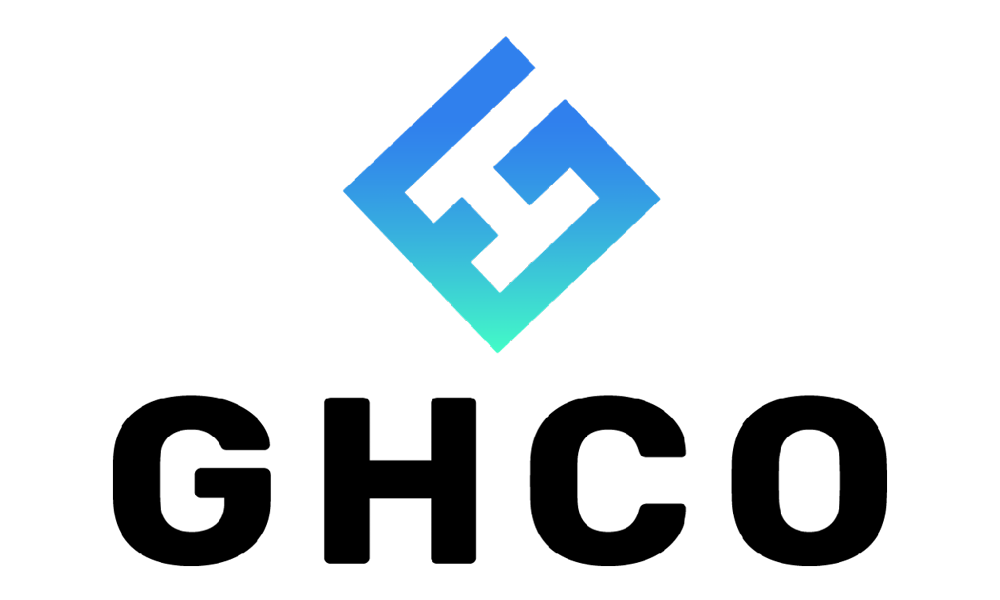Competition issues in the authorised participant (AP) market have been thrown into the spotlight once again after fixed income liquidity provider Bluefin closed its trading business in Europe last month.
Two independent liquidity providers enjoy a huge market share across the continent, Jane Street and Flow Traders, with Bluefin’s exit highlighting just how difficult it is to make ground in a competitive market.
While the market structure in the US is different from Europe, several factors have placed the diversity of APs under threat.
Industry insiders have suggested the firm’s exit from Europe was down to its high barriers to entry and high costs of trading on an exchange while others pointed to advances in technology – particularly in the credit space – have eaten into its market share.
Furthermore, the fixed income trading space has undergone a revolution over the past couple of years, with a rise in electronic portfolio trading leading to an increase their market share for investment banks since the onset of the pandemic.
A lack of diversity among the authorised participant network can cause several issues for the ecosystem, from widening spreads to raising the chances of mispricing.
Research looking at the US equity ETF market paper, published by the London Business School, found 15 out of 50 APs are responsible for 98% of all creations and redemptions, with fewer larger APs – mostly banks – responsible for the bulk of the transactions.
Dan Izzo, CEO and co-founder of GHCO, which is actively trying to increase its market share in Europe, highlighted how it is an extremely difficult market to break.
“There are only two meaningful participants at the moment,” he said. “The barriers to entry in our business are unbelievably high. It requires a massive investment of people and technology resources.
“You just cannot break in and compete with the likes of well-established multi-billion dollar enterprises such as Flow Traders and Jane Street without a lot of effort. We are the only ones who are trying.”
A robust market?
The fear when a market maker such as Bluefin exits from trading is that the subsequent gap left in the market will cause liquidity to dry up
While Bluefin is the most recent example, other market makers have left in recent years and concerns were also raised when investment banks were forced to shut up shop following the Global Financial Crisis (GFC).
However, Keshava Shastry, managing director and head of capital markets at DWS, said while market makers have left in the past, it has had little to no impact on the ecosystem with other APs quick to take their spot.
“Multiple market makers have come and gone, and it has had zero impact on the product support or the investor experience,” he said. “There are a lot of work being done by the issuers to make sure that there is good support for investors, so they can trade and especially during volatile times like at the start of the pandemic.”
Shastry pointed to research conducted by the Financial Conduct Authority (FCA) published in January 2021 titled Fixed Income ETFs: Secondary market participation and resilience during times of stress which found that while the top five APs accounted for 91% of the fixed income ETF trading volume, the market share of smaller APs rose in volatile markets showing the depth of the ecosystem.
“It shows there was a very broad and deep number of participants involved. Just because you see two or three names regularly winning business does not mean they are the only ones active, they are just winning by a small amount when investors put market in competition for getting best execution,” Shastry said.
Ciaran Fitzpatrick, managing director and head of ETF servicing, Europe, at State Street, pointed to the fact ETFs traded more than they ever did during the March 2020 drawdown, adding there is always an AP to pick up the slack if one falls out of the market.
He said: “Regulators have been focused on the number of APs for each product to avoid the scenario where nobody is trading on the product if they decided to walk away, but that is not the case, the ETF issuer has several APs signed up.”
Despite this, Izzo said the way ETFs held up during March and April 2020 hides a huge fragility in the market. At the onset of 2020 volatility, Izzo said the number of market makers trading on exchange “shrunk dramatically” due to cost or having either taken on too much bad risk.
GHCO saw its client base grow by 40% in March to June 2020 as it played a key role in calming investors as one of the few market makers showing prices on the exchange, with larger independent firms continuing to trade requests for quotes (RFQ).
“As a product, ETFs held up well but there is huge fragility that is overlooked,” he said. “Our market share rose as a direct result of firm’s exiting the market due to exchange-traded market making at great cost. Jane Street does zero exchange-traded market making and that tells you it is just a cost.”
Rise of electronic trading
While smaller firms or those with a lower market share such as Bluefin are being squeezed out of the market by high costs of trading via the exchange, this only tells half the story.
Technology advancements, particularly in the notoriously more complex fixed income space have also significantly changed the AP market over the past couple of years. The rise of big data, processing power and algorithms has helped to speed up and iron out pricing anomalies improving the market structure.
Investment banks, whose inventories of bonds fell dramatically following the GFC, have got on board with electronic trading and can now buy ETFs and trade baskets of fixed income debt efficiently, taking up market share but also increasing the diversity of APs in the market.
Blackrock, for example, has 26 “active” APs across its entire iShares range with more covering the traditionally more complex fixed income market – 24 – compared to 21 across its equity ETFs.
Furthermore, the trend is noticeable across BlackRock’s iShares credit ETF space, with investment banks' market share growing by five times in the past five years, from 5% in 2016 to 23% in 2021.
Sander van Nugteren, managing director, EMEA global markets team lead for iShares at BlackRock, said: “The authorised participant ecosystem covering European-domiciled iShares ETFs is robust with a wide range of participants. Several authorised participants are increasing their market share and coverage of ETFs, adding depth to the market.
“The shift to electronic portfolio trading in credit markets has driven this change as technological evolution and broader adoption by investment banks facilitates pricing and trading of aggregated risk – an essential component of ETF primary markets.”
Shastry said technology has played a vital part in establishing a more efficient process and while market makers have been investing for a while, investment banks have ramped up their spending over the past few years.
“The banks are getting increasingly involved. A couple of years ago some of the banks mentioned that they are getting involved in a big way and others are hiring key people and also investing in technology. It is a trend when I speak to our partners on the banks side,” he said.
Related articles










